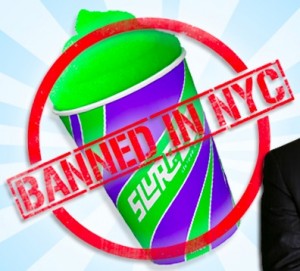Bloomberg reports that the fire that burned up a four lane interstate highway and melted houses near Sissonville, West Virginia yesterday on December 11, was caused by, “Natural gas escaping from a pipeline owned by NiSource Inc. (NI) … near the Lanham Compressor Station on the Columbia Gas Transmission system, about 15 miles (24 kilometers) north of Charleston.” The company owns and manages fracking operations in Ohio and Pennsylvania.
CBS News reports, “Flames shot some 100 feet in the air and hopped the main north-south arterial Interstate 77, as emergency responders scrambled to cap the ruptured gas line … and bring the blaze under control.” See reports and updates on WSAZ.
The Charleston Gazette offers insights into the questions about gas pipeline safety. Two obvious issues are lack of government oversight for certain types of pipes, and a decline in safety as pipes age, with one source reporting that over half of the pipes in the US are over 50 years old:
…many gaps remain in the oversight of the nearly 2.5 million miles of pipelines that crisscross the United States … concerns about pipeline safety have grown, amid a boom in natural gas drilling in several states and in the wake of a string of serious accidents … the U.S. Government Accountability Office (GAO) warned that many so-called “gathering” pipelines, which transport gas to processing facilities, escape federal scrutiny altogether.
Questions about pipeline safety recently received national media scrutiny from the public interest journalism organization ProPublica, from The New York Times and from the Philadelphia Inquirer … GAO report … said the federal pipeline safety office does not regulate most gathering pipelines in the United States, based on their location in remote areas … “out of the more than 200,000 estimated miles of natural gas gathering pipelines, PHMSA regulates roughly 20,000 miles,” the GAO said. “Similarly, of the 30,000 to 40,000 estimated miles of hazardous liquid gathering pipelines, PHMSA regulates about 4,000 miles.”
Two big extraction initiatives currently being pushed by the US fuel industry are fracking, which removes natural gas trapped inside of shale rock formations using a cocktail of highly toxic liquid which becomes waste which is later injected into the ground and has contaminated water supplies and caused earthquakes in several communities; and the “Tar Sands”/XL Pipeline project which calls for extracting oil by burning arid land and selling the oil to foreign countries after piping it from Canada to California. Both call for piping explosive and environmentally threatening fuels across the country. Advocates for public health, community safety, and environment sustainability ask why the U.S. government does not require that clean energy sources take the place of these dangerous and dirty fuel operations that destroy land and health.
Emerging evidence links injection of fracking waste to a dramatic increase in earthquake frequency. A new U.S. Geological Survey reports that in the 10 year period between 2001-2011, 95 quakes occurred in northern New Mexico and southern Colorado although in the prior 36 year period only 3 quakes took place. The study cites increases in oil and gas industry activity and the Denver Post quotes Justin Rubenstein, co-author of the report:
“This is a societal risk you need to be considering … At the moment, we’re the only people who have done this work, and our evidence is pretty conclusive.
The Times-Call reports that at a Boulder County hearing on fracking, school children members of Earth Guardians said,
“We are standing up for our future … Protect us from the dangers of fracking.”
“We deserve a fighting chance,” said Zapporah Abraham Paiss, a 13-year-old Centennial Middle School student. “With vibrant water, soil and plants,” said Xiuhtezcatl Martinez, a 12-year-old Centennial School student.




